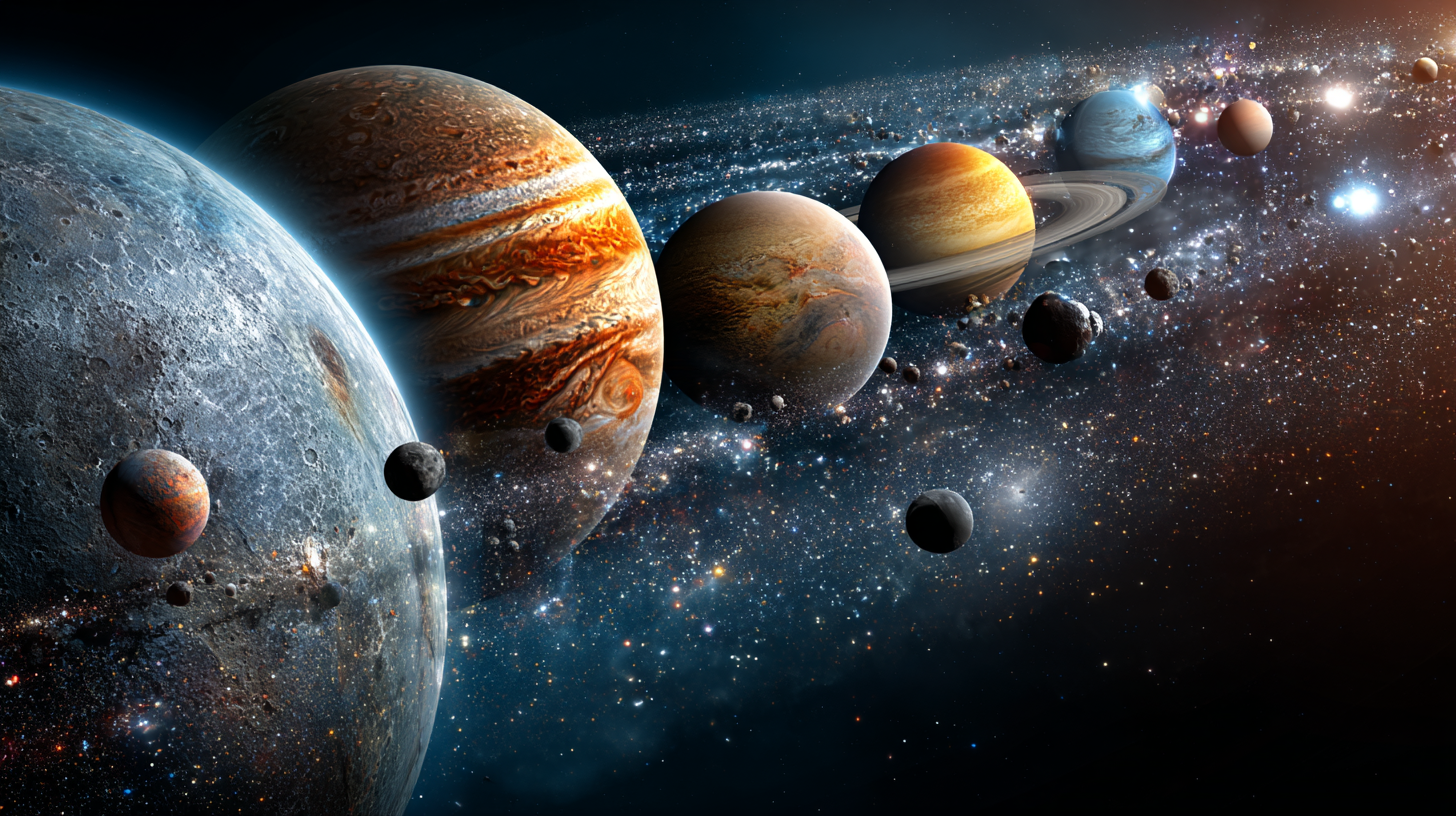Moons have always captured our imagination. From Earth’s familiar moon lighting up the night sky to the mysterious worlds orbiting faraway planets, they remind us that our solar system is full of surprises.
Have you ever considered which planets have moons and how many each one has?
While not every planet is lucky enough to have a natural satellite, many do, ranging from just a couple to more than a hundred.
This blog will take a closer look at the planets of our solar system, highlighting which ones have moons and sharing the number of companions each planet has circling around it.
Do All Planets Have Moons?
Not every planet in our solar system has a moon. Out of the eight planets, Mercury and Venus are moonless.
Their close distance to the Sun and relatively weak gravity make it difficult for them to capture or hold onto natural satellites.
In contrast, larger planets like Jupiter and Saturn have strong gravitational pulls that allow them to collect dozens, even hundreds, of moons over time.
The number of moons a planet has often depends on its size, its location in the solar system, and how it formed. This variety is what makes studying the planets and their moons so interesting.
Inner Planets and Their Moons
The inner planets each have their own different moon stories, showing just how diverse our solar system can be.
Earth
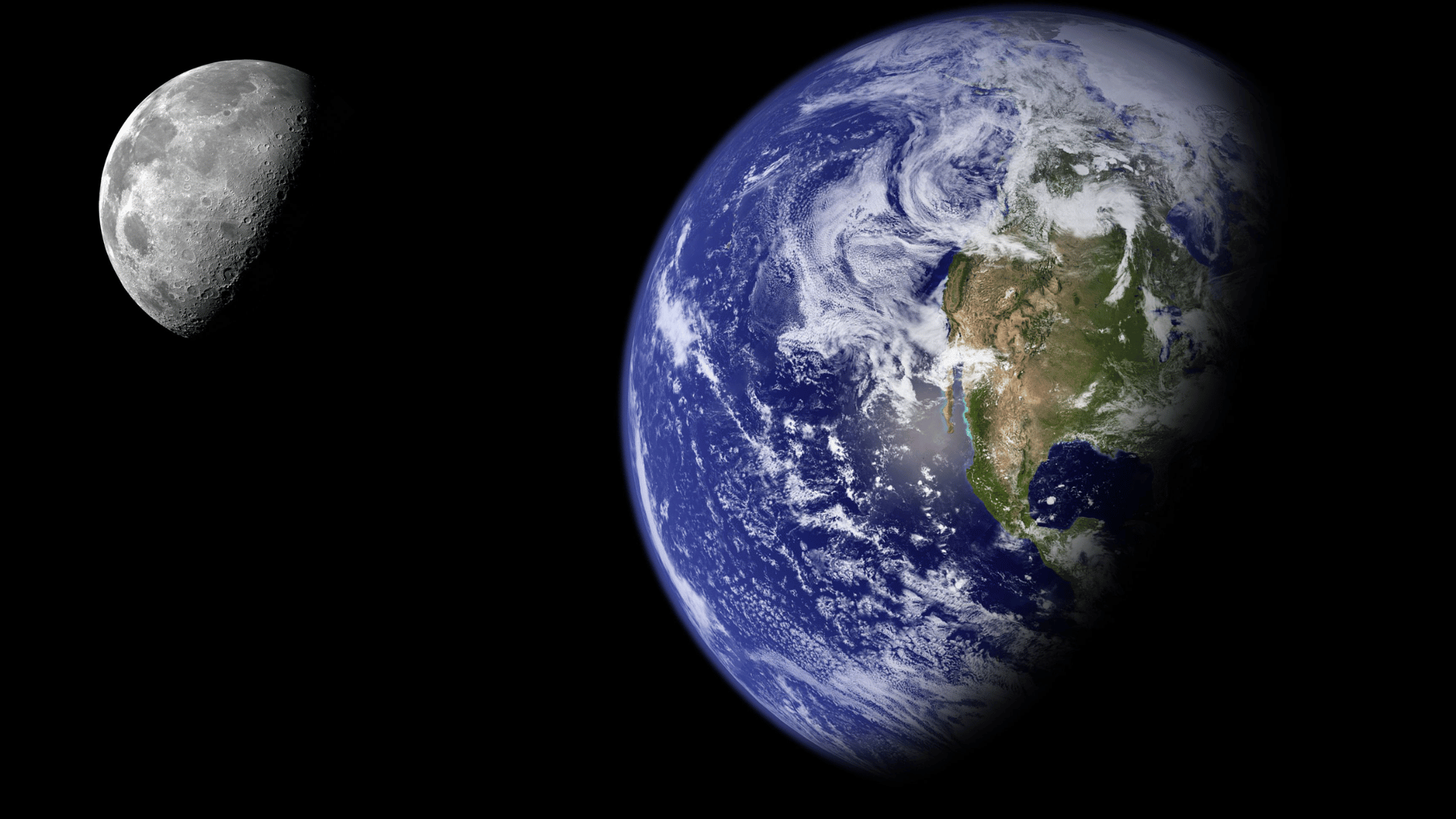

Image Source: PopularMechanics
Earth is the only inner planet with a large moon, and it plays an essential role in our planet’s stability. Our Moon is unusually big compared to Earth’s size, making it a unique feature in the solar system.
It influences tides, stabilizes Earth’s tilt, and helps regulate climate over long timescales.
Beyond its scientific importance, the Moon is also culturally and historically significant, as it is the first celestial body humans have visited beyond Earth itself.
Mars
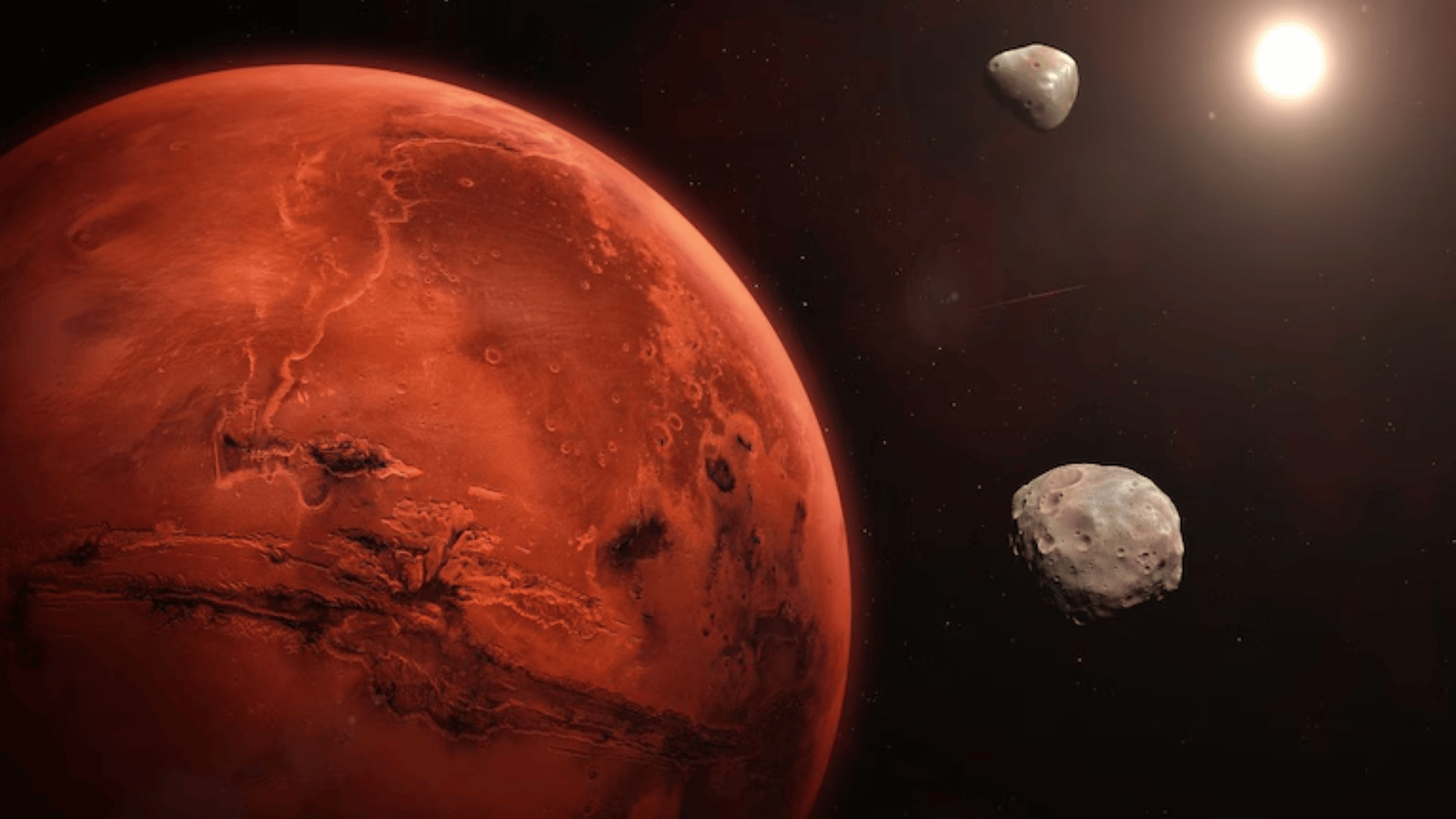

Image Source: MoneyControl
Mars has two small, irregularly shaped moons, Phobos and Deimos, which resemble captured asteroids.
Unlike Earth’s large, spherical moon, these are tiny and rugged, orbiting the Red Planet in distinct ways.
Phobos, the larger of the two, orbits very close to Mars and is slowly spiraling inward, destined to crash or break apart at some point.
Deimos, much smaller, orbits farther away with a more stable path. Together, they highlight Mars’s unique and fragile moon system.
Outer Planets and Their Moons
The outer planets, such as Jupiter, Saturn, Uranus, and Neptune, are true moon magnets, hosting dozens of interesting satellites that range from tiny rocks to massive, planet-like worlds.
Jupiter
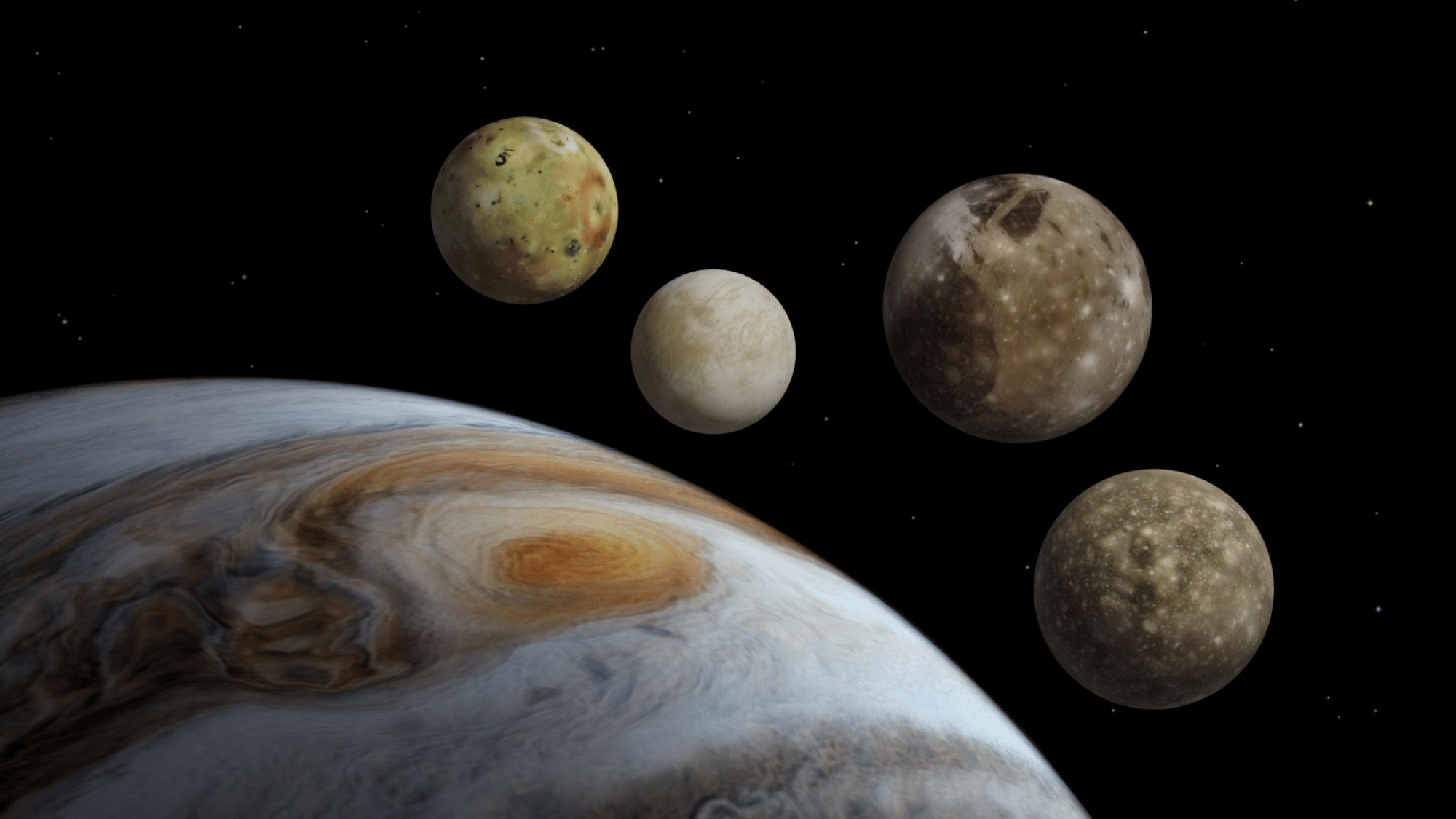

Image Source: Starwalk
Jupiter is the king of moons with 97 known satellites. The four most famous Galilean moons are Io, Europa, Ganymede, and Callisto, which Galileo found in 1610.
Ganymede is the largest moon in the solar system, even bigger than Mercury.
Europa has an icy crust with a possible ocean beneath, making it a candidate for life. Jupiter’s strong gravity allows it to capture and hold such a vast collection of moons.
Saturn
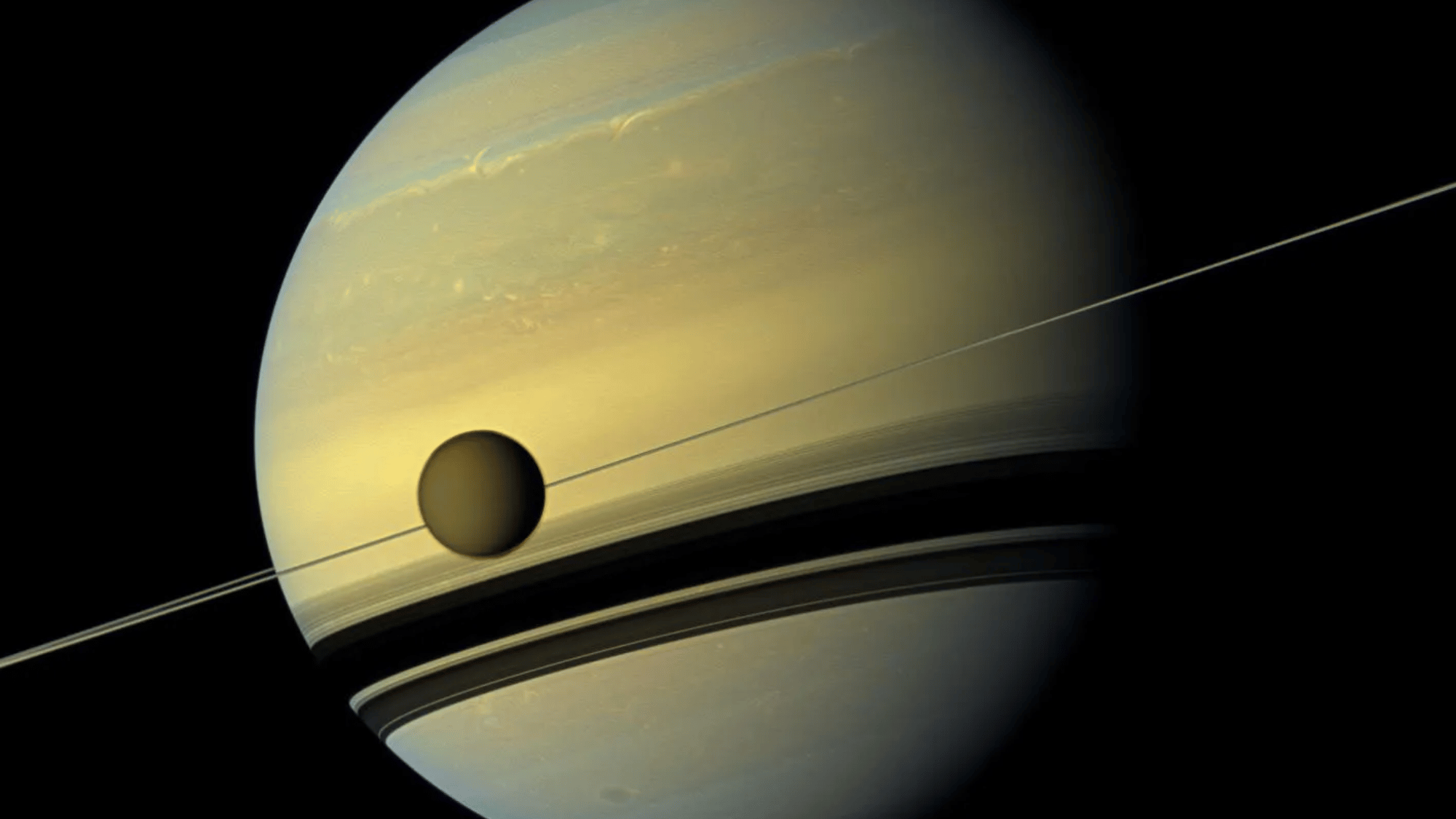

Image Source: NASA
Saturn has an impressive 274 moons, making it the current record holder for the most moons in our solar system.
The standout is Titan, larger than Mercury and known for its thick atmosphere and lakes of liquid methane. Other moons, like Enceladus, intrigue scientists with signs of icy plumes and subsurface oceans.
Saturn’s system is diverse, ranging from tiny irregular rocks to massive, planet-like moons, all held in place by the planet’s strong gravitational field.
Uranus


Image Source: BBC
Uranus is surrounded by 29 known moons, most of which are named after characters from Shakespeare’s plays, such as Titania, Oberon, and Miranda.
These moons are smaller compared to Jupiter’s and Saturn’s, but many display unique geological features like canyons and icy surfaces.
Uranus’s tilted axis creates unusual orbits and seasonal effects, making its moons fascinating to study. They add to the planet’s distinctive identity in the solar system.
Neptune
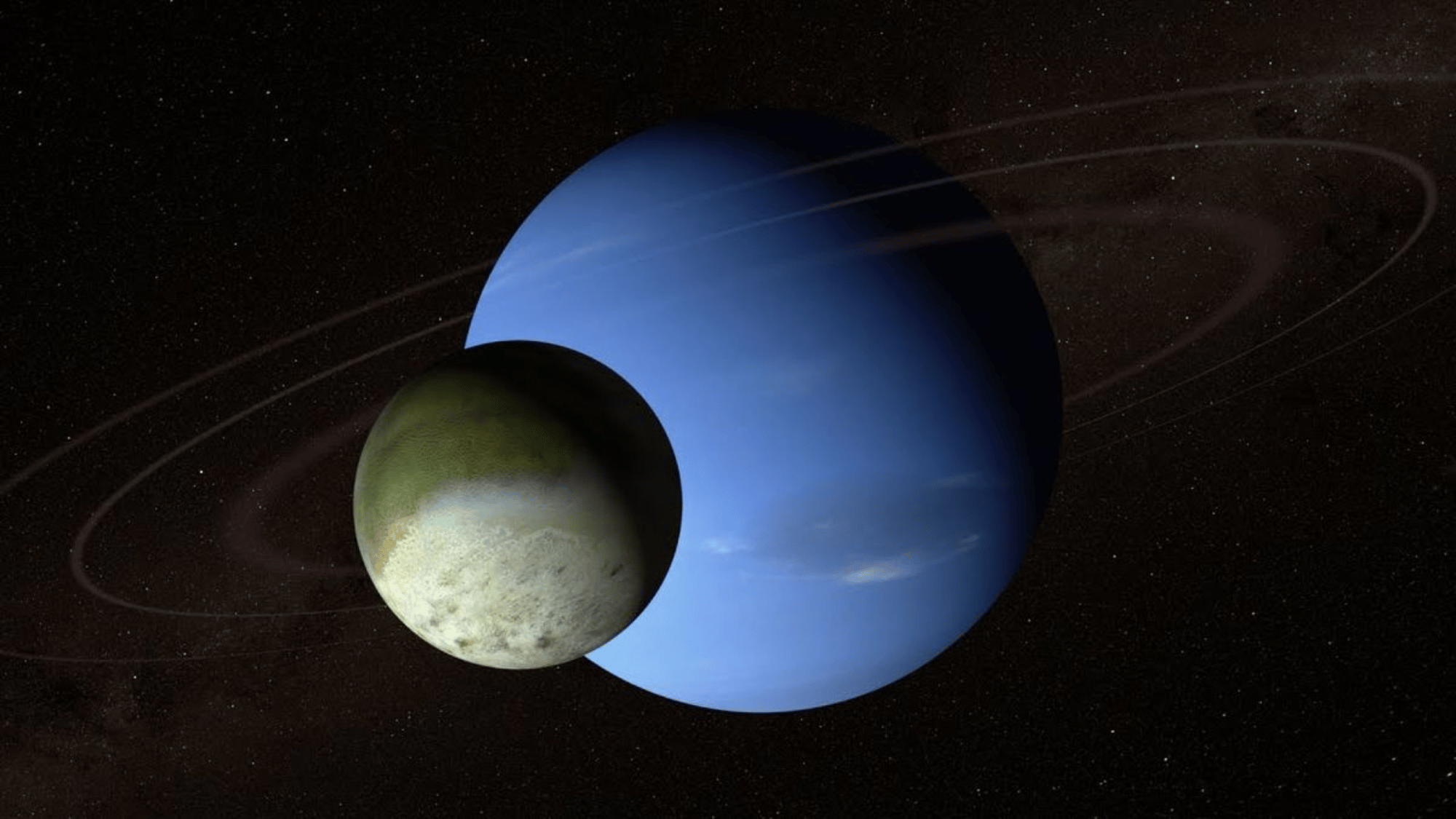

Image Source: Space
Neptune has 16 moons, with Triton being the largest and most notable. Triton is unusual because it orbits in the opposite direction to Neptune’s rotation, suggesting it may have been a captured object from the Kuiper Belt.
It has geysers that spew nitrogen gas, indicating an active interior.
Triton’s unique features and retrograde orbit make it one of the most interesting moons in the solar system, despite Neptune’s relatively modest collection.
Dwarf Planets and Moons
Dwarf planets like Pluto, Eris, Haumea, and Makemake also have moons, offering intriguing insights into the outer solar system’s history and the diversity of celestial companions.
Pluto
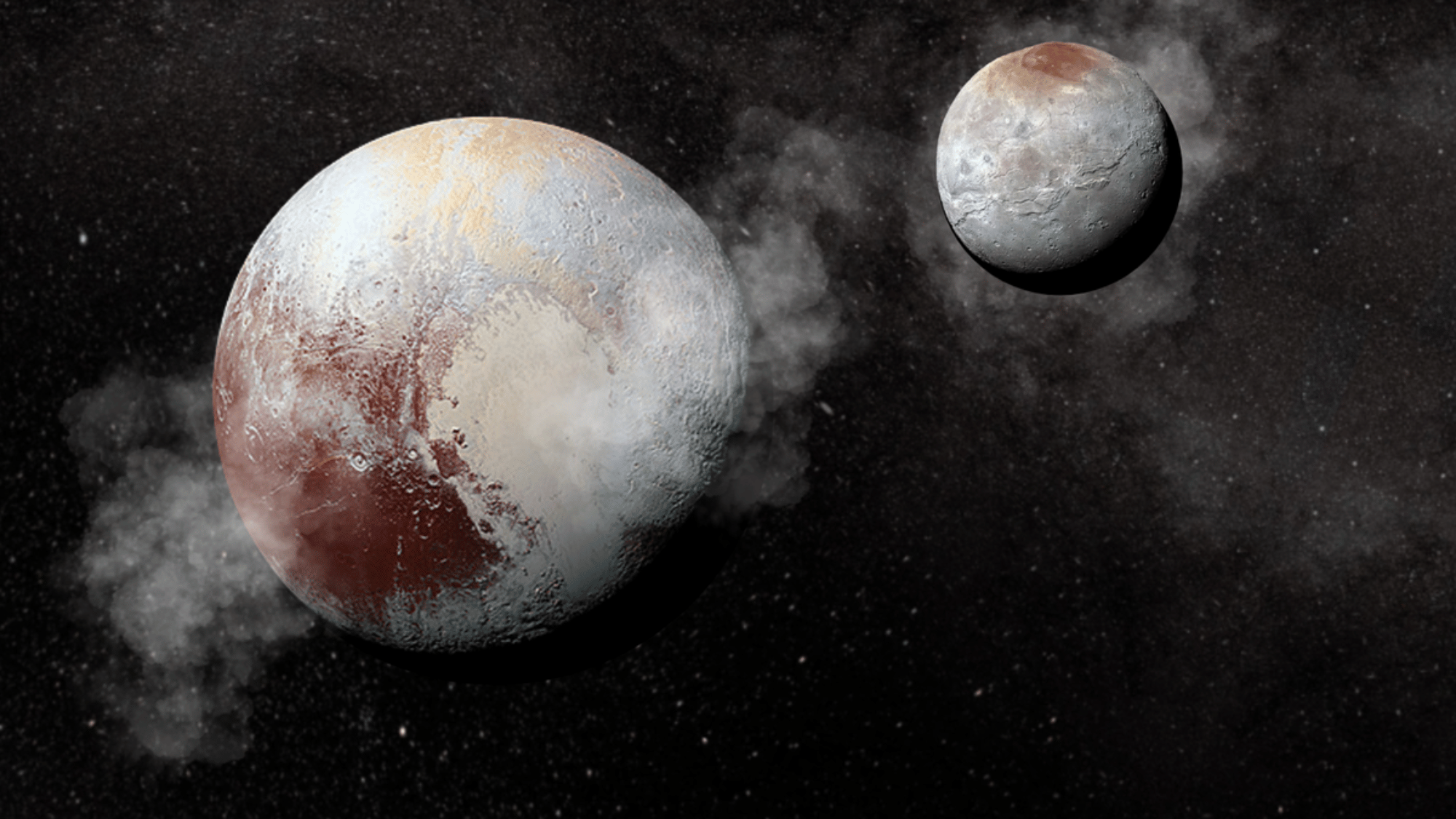

Image Source: Space
Pluto, once considered the ninth planet, has five moons. The largest, Charon, is so big compared to Pluto that the two are sometimes described as a double dwarf planet system.
The other smaller moons, Nix, Hydra, Kerberos, and Styx, are irregularly shaped and orbit in complex patterns.
Pluto and Charon’s close relationship is unique, with Charon tidally locked so that the same side always faces Pluto, creating a remarkable cosmic partnership.
Other Dwarf Planets
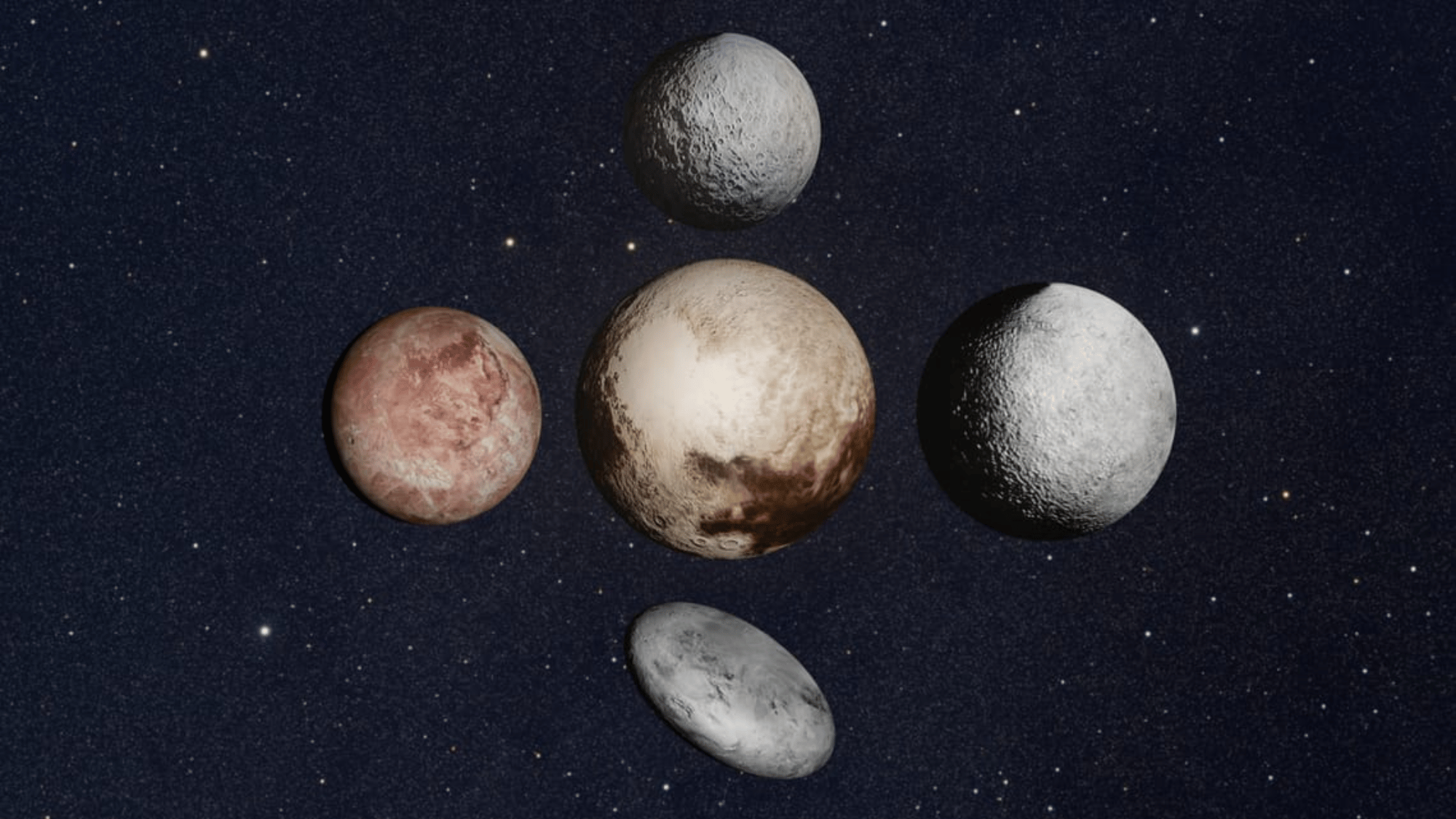

Image Source: Starwalk
Some other dwarf planets also have moons. Eris, the second-most massive dwarf planet, has one known moon, called Dysnomia.
Haumea, with its elongated shape, is accompanied by two moons, Hiiaka and Namaka. Makemake has at least one discovered moon, provisionally named MK2.
These moons provide valuable clues about how objects in the outer solar system formed and evolved, making dwarf planets just as fascinating as the main planet.
Exomoons and the Search for Life
Astronomers believe that moons are not unique to our solar system. Just as our planets have companions, distant exoplanets likely host their own satellites, known as exomoons.
Detecting them is difficult, but scientists have found promising evidence that exomoons exist. These moons could be just as varied as the ones we all know, ranging from small rocky fragments to large, planet-sized bodies.
What makes the search so exciting is the possibility that some exomoons might have conditions suitable for life.
For example, if an exomoon orbits within the “habitable zone” of its star or has an underground ocean, it could be a prime candidate for hosting microbial life.
Finding an exomoon wouldn’t just add to our catalog of worlds; it would reshape our understanding of where life might exist in the universe.
Conclusion
Moons play a vital role in helping scientists understand how planets and solar systems form and evolve.
They provide clues about gravity, atmospheres, and the potential for life beyond Earth.
Each moon, from nearby worlds to those orbiting distant planets, adds new insight into how the universe works.
Every discovery reveals more about the relationships between planets and their natural satellites.
Studying moons deepens our knowledge of space, guides future exploration, and reminds us that even small celestial bodies can shape the history and behavior of entire planetary systems.



